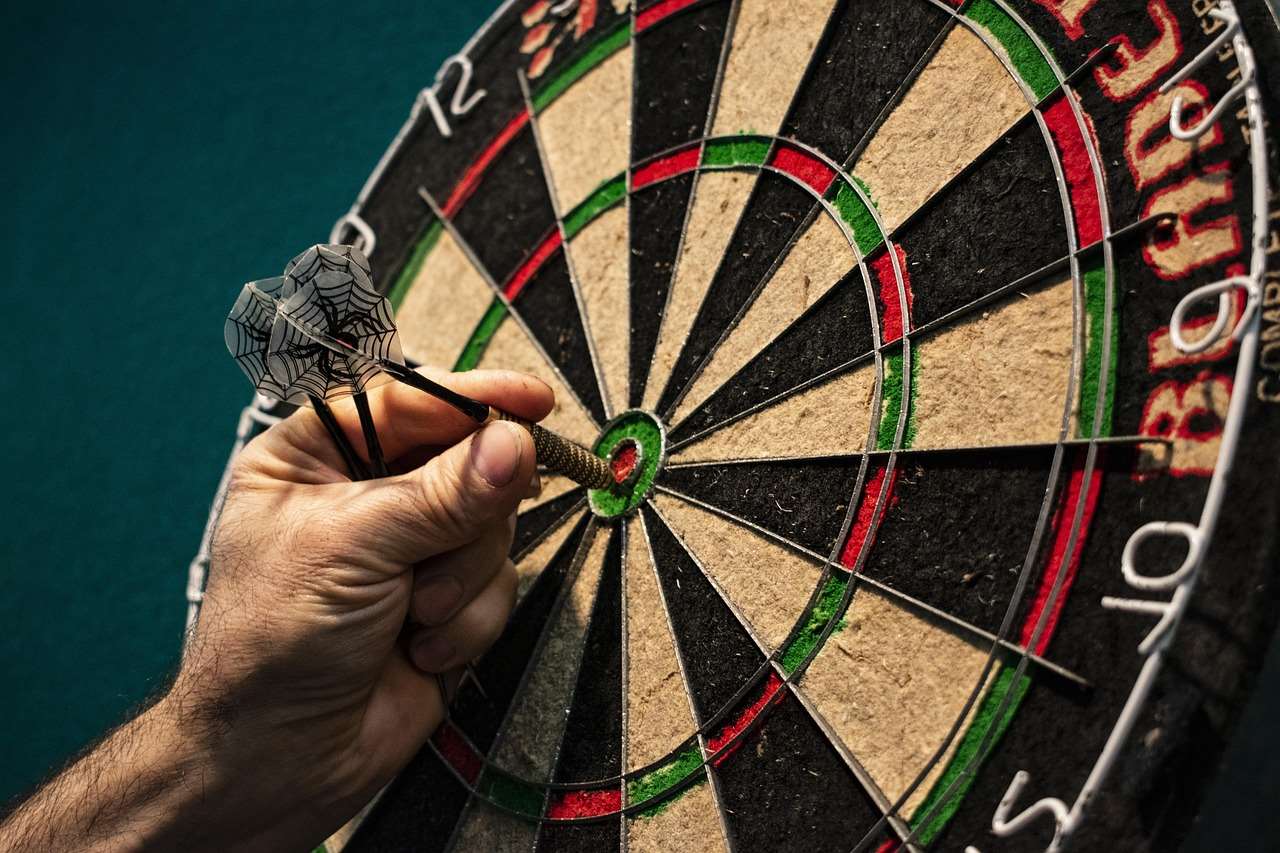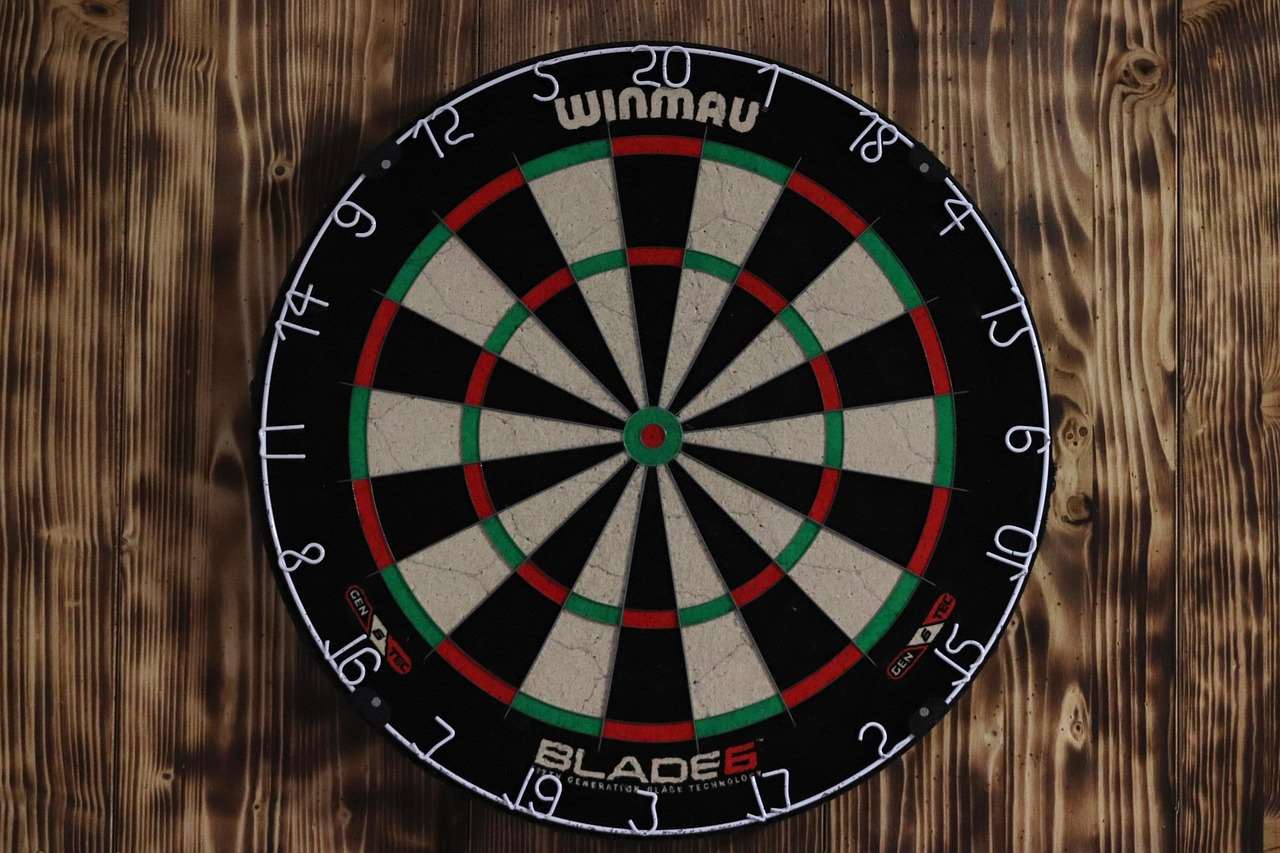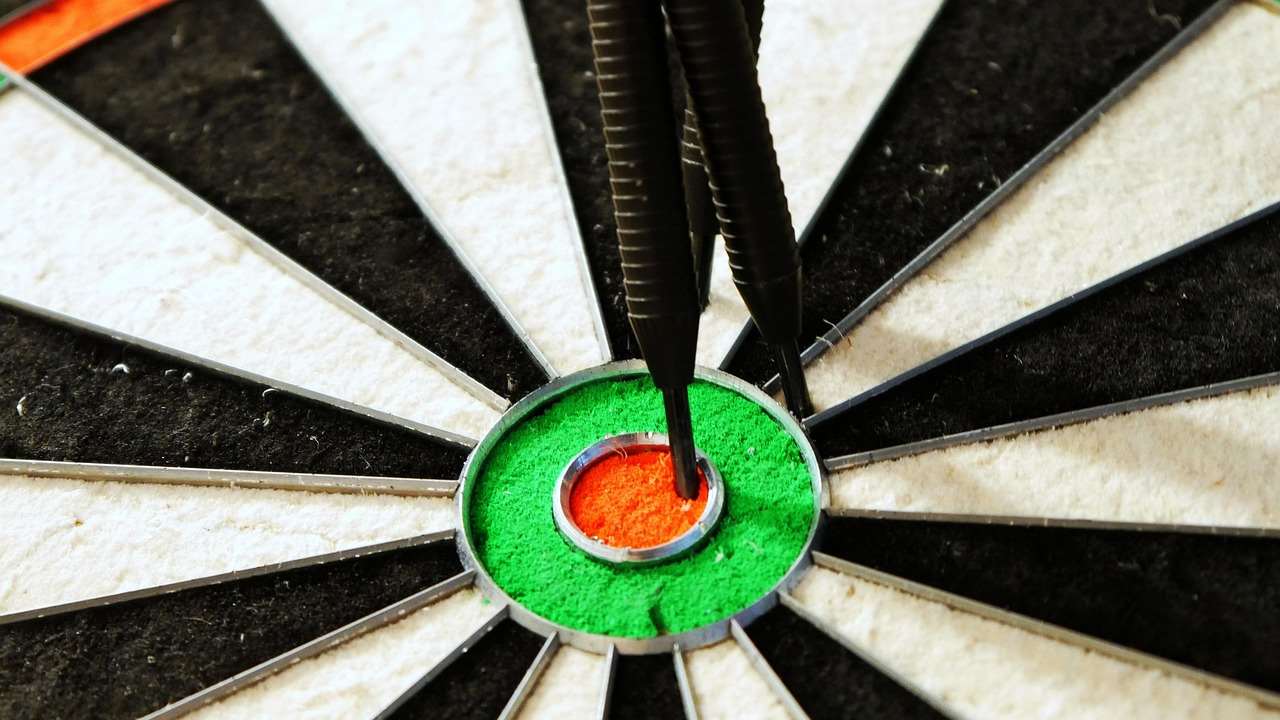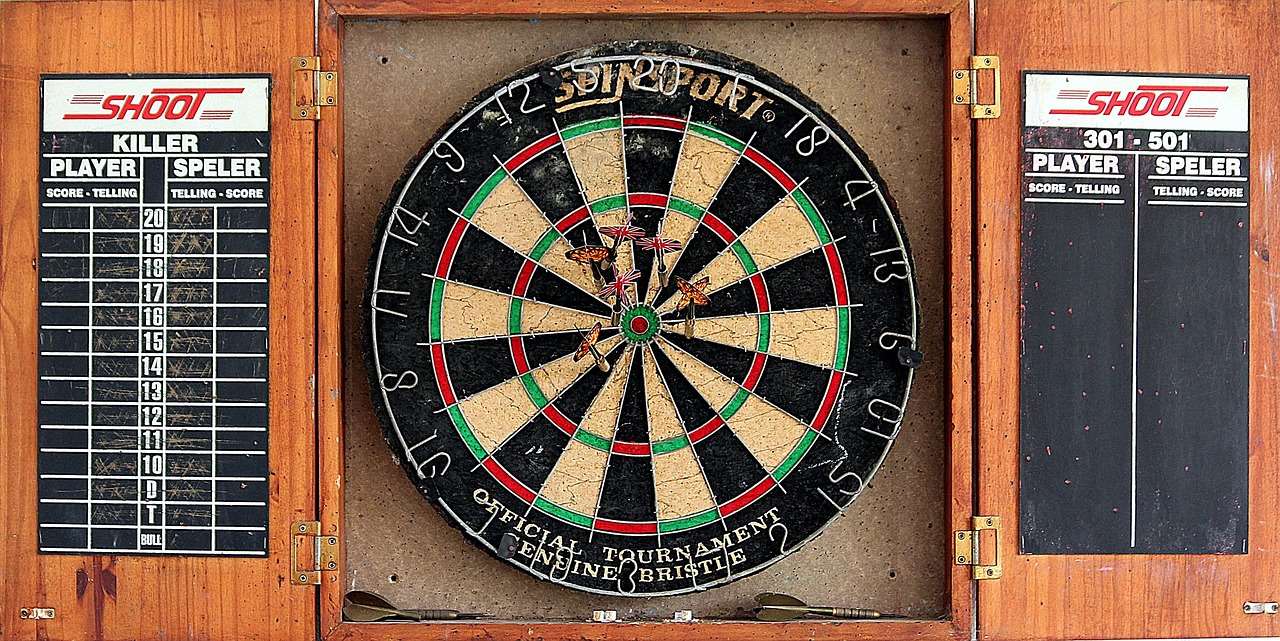Mastering breathing for rhythm and timing is crucial for peak performance in many activities, from sports to music to public speaking. This article will explain the core principles of controlled breathing and how it directly impacts your rhythm and timing, offering practical tips and techniques to improve your control. We’ll also explore how this translates to real-world applications and the benefits of consistent practice.
⚠️ Still Using Pen & Paper (or a Chalkboard)?! ⚠️
Step into the future! The Dart Counter App handles all the scoring, suggests checkouts, and tracks your stats automatically. It's easier than you think!
Try the Smart Dart Counter App FREE!Ready for an upgrade? Click above!
Before diving into specific techniques, let’s establish the fundamental connection between breathing and performance. Proper breathing is not just about oxygen intake; it’s about establishing a stable base for your movements and actions. A steady breath provides the necessary control and coordination needed for precise timing and rhythmic execution.
Breathing for Rhythm and Timing: The Foundation of Control
The key to utilizing breathing for rhythm and timing lies in understanding how your breath can act as an anchor, grounding your movements and allowing for more precise control. Imagine a pendulum swinging: the smoother and more consistent the swing, the more predictable and accurate the movement. Your breath acts as the pendulum’s pivot point, and mastering your breathing allows you to regulate the rhythm and timing of your actions with increased precision.
Many find that simply focusing on their breath creates a sense of calm and reduces performance anxiety. This mental focus is as crucial as the physical act of controlled breathing, as a racing mind can disrupt timing and rhythm. Practicing techniques like diaphragmatic breathing can significantly improve your ability to maintain focus and reduce stress.

This focus on breathing for rhythm and timing extends beyond physical activities. Public speakers often utilize controlled breathing to manage nervousness and maintain a steady pace of speech. Musicians depend on it to accurately execute complex rhythms and melodies. Even in everyday tasks requiring precision and concentration, a steady breath can improve accuracy and reduce fatigue.
Diaphragmatic Breathing: The Core Technique
Diaphragmatic breathing, also known as belly breathing, is the foundation for many rhythm and timing exercises. It involves engaging your diaphragm—the muscle located beneath your lungs—to create a deeper, more controlled breath. This type of breathing maximizes oxygen intake and promotes a state of calm, which is vital for precise movements and actions. To practice diaphragmatic breathing, lie on your back with your knees bent and place one hand on your chest and the other on your stomach. As you inhale, focus on expanding your stomach, feeling your hand rise, while keeping your chest relatively still. Exhale slowly, allowing your stomach to fall.
Practical Applications of Breathing Techniques
The benefits of breathing for rhythm and timing are far-reaching and extend across a wide range of disciplines. Let’s explore a few specific applications:
- Sports: In sports like golf, archery, or darts, controlled breathing can significantly improve accuracy and consistency. A steady breath before each shot allows for a more relaxed and focused execution, reducing the impact of nerves and enhancing precision. For example, a consistent and controlled breath can improve the accuracy of your throw in darts, creating a rhythm that enhances your performance.
- Music: For musicians, breathing is not just about sustaining notes; it’s about creating phrasing, dynamics, and rhythmic precision. By synchronizing breathing with the musical phrases, musicians can create a more expressive and nuanced performance. It’s essential for maintaining tempo and conveying emotion.
- Public Speaking: Public speakers often benefit from controlled breathing to manage their nerves and maintain a steady, confident delivery. Deep breaths before speaking can help to calm anxiety and improve clarity of thought and speech. The rhythmic nature of controlled breathing can create a natural cadence to your speech, enhancing your overall impact.

Furthermore, integrating breathing for rhythm and timing into daily life can offer numerous health benefits. Deep, controlled breathing can reduce stress and anxiety, improve sleep quality, and even boost your immune system. Making conscious choices about our breathing can have a profound and positive impact on our overall well-being.
Advanced Techniques and Considerations
While diaphragmatic breathing is a fundamental technique, there are other advanced methods you can explore to further refine your control over rhythm and timing. These might include techniques like alternate nostril breathing (Nadi Shodhana) or specific breathing patterns synchronized with movement.
Rhythm and Timing Exercises
To fully integrate breathing for rhythm and timing into your practice, incorporate dedicated exercises. These can range from simple rhythmic clapping exercises synchronized with your breath to more complex movements involving coordination and precision. For instance, you might try clapping rhythmically while focusing on the inhale and exhale, gradually increasing the complexity of the rhythm. Regular practice of these exercises can significantly enhance your overall control.

Remember that consistent practice is key. Start with short sessions of 5-10 minutes, gradually increasing the duration as you become more comfortable with the techniques. You might find it helpful to combine these breathing exercises with other training methods relevant to your chosen activity, whether it’s physical training or mental practice.
Incorporating Breathing into Your Daily Routine
The benefits of breathing for rhythm and timing extend beyond specific activities; integrating these techniques into your daily routine can create positive changes in your overall well-being. Simple actions like taking a few deep breaths before a stressful situation or incorporating mindful breathing throughout the day can help reduce anxiety, improve focus, and foster a sense of calm.
Consider adding short breathing exercises to your daily schedule – perhaps during your morning routine, during lunch breaks, or before bed. Even a few minutes of focused breathing can make a significant difference. You could even use a timer to remind yourself to pause and practice your breathing exercises throughout the day. This approach fosters a mindful awareness of your breath and its impact on your physical and mental state.
Remember, breathing for rhythm and timing is a skill that develops over time with consistent practice. Don’t get discouraged if you don’t see immediate results. The key is to remain patient and persistent in your efforts. With dedicated practice, you will significantly enhance your control, precision, and performance in a wide variety of contexts.

To further support your journey towards mastering breath control, consider exploring resources such as guided meditation apps, online tutorials, or even seeking instruction from a qualified breathing coach or yoga instructor. These resources can provide valuable guidance and support in refining your technique and developing a consistent practice. It’s also essential to understand that proper breathing complements a healthy lifestyle. For optimal performance, remember to maintain a Darts Fitness Health routine, including proper nutrition and sufficient rest. If you play darts, remember to check out our articles on safe alcohol limits darts and understanding alcohol effects darts to maximize your health and performance.
Conclusion: Breathe Your Way to Success
In conclusion, mastering breathing for rhythm and timing is a crucial skill that translates to improved performance and overall well-being across various aspects of life. From athletic pursuits to creative endeavors, the ability to control your breath directly impacts your accuracy, consistency, and emotional state. By incorporating the techniques discussed in this article, including diaphragmatic breathing and mindful breathing exercises, you can cultivate a profound sense of control and enhance your performance significantly. Remember, consistent practice is key. Start small, be patient, and gradually incorporate these techniques into your daily routine to unlock the full potential of controlled breathing. This holistic approach will improve your performance in your chosen activity, reduce stress and anxiety, and lead to a healthier and more fulfilling life. Don’t forget to explore resources like our guides on alcohol and dart related injuries and eye care tips for dart players for a well-rounded approach to darts and health.

Ready to take control of your rhythm and timing? Start practicing today! Explore our other resources on fitness for high-pressure darts and agility training for dart players to enhance your overall game.
Hi, I’m Dieter, and I created Dartcounter (Dartcounterapp.com). My motivation wasn’t being a darts expert – quite the opposite! When I first started playing, I loved the game but found keeping accurate scores and tracking stats difficult and distracting.
I figured I couldn’t be the only one struggling with this. So, I decided to build a solution: an easy-to-use application that everyone, no matter their experience level, could use to manage scoring effortlessly.
My goal for Dartcounter was simple: let the app handle the numbers – the scoring, the averages, the stats, even checkout suggestions – so players could focus purely on their throw and enjoying the game. It began as a way to solve my own beginner’s problem, and I’m thrilled it has grown into a helpful tool for the wider darts community.